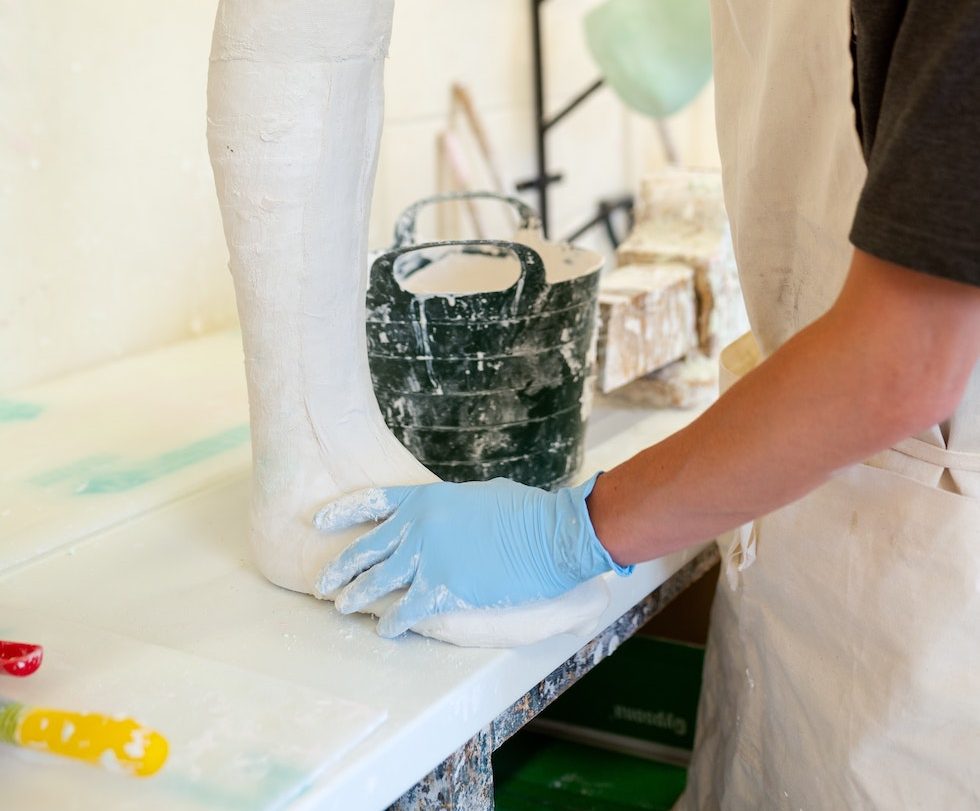
Tackling falls and fractures in older adults
Read more
Falls are a significant concern for older adults and should always be taken seriously, even if there is no related injury. Falls can be a symptom of a new or worsening health problem, potentially leading to severe injuries and affecting independence and quality of life. This guide is designed to help those supporting an ageing relative or friend to understand the risks associated with falls, identify common causes, implement effective strategies to prevent them, and what to do post-fall to promote safety and wellbeing.

Disclaimer: Our guides are not a substitute for medical advice – always seek professional help. Remember health professionals will not share information about a patient unless they have been permitted to do so.
Learn about the factors that increase fall risk in older adults, such as muscle weakness, poor balance, home hazards and certain medications, and how to address these issues.
Read our guidesDiscover strategies for making living spaces safer to help prevent falls, including removing hazards, improving lighting, and installing grab bars.
Read our guidesGet answers to common queries about falls, from understanding their impact to knowing when to seek medical advice.
Read our FAQsGuidance on the immediate steps to take after a fall, including injury assessment, seeking medical attention, and how to prevent future incidents.
Read our guideExplore our FAQs to understand more about tackling falls in older adults
The main risk factors for falls in older adults include muscle weakness, poor balance, vision impairment, certain medication, hazards within the living environment (such as loose rugs or poor lighting), and chronic health conditions. Read our blog for ways you can mitigate and manage these risks.
You can make your loved one’s home safer by removing hazards like loose rugs and clutter, improving lighting in hallways and staircases, installing grab bars in the bathroom, securing electrical cords, and ensuring their living space is well-organised. You can also ask your Local Authority or GP to arrange an expert assessment to identify and rectify and specific hazards.
Yes, exercises that focus on improving strength, balance, and flexibility can effectively reduce fall risk. These exercises should be tailored towards the physical abilities of your loved one to ensure further injury is prevented. Activities like Tai Chi, walking, and water aerobics are great options to consider. If you are unsure of what activities are suitable for your loved one, speak to their GP.
If your loved one falls and no one else is present, it is crucial that they have a way to call for help in an emergency, such as a phone on their person. If your loved one is at risk of suffering from falls, consider installing a personal alarm and monitoring system. The wearer will trigger this after a fall to contact someone. Some alarm systems even have GPS and fall detectors. You can learn more about installing a personal alarm by contacting adult social services at your council. It may also be a good idea to install a key safe to ensure responders can access your loved one’s home in the event of a fall.
Some medications, alone or in combination, can have side effects which can increase the risk of falls. Speak to a GP, nurse or pharmacist about medication and arrange regular reviews. A change in dose or a switch to safer alternatives may be necessary.